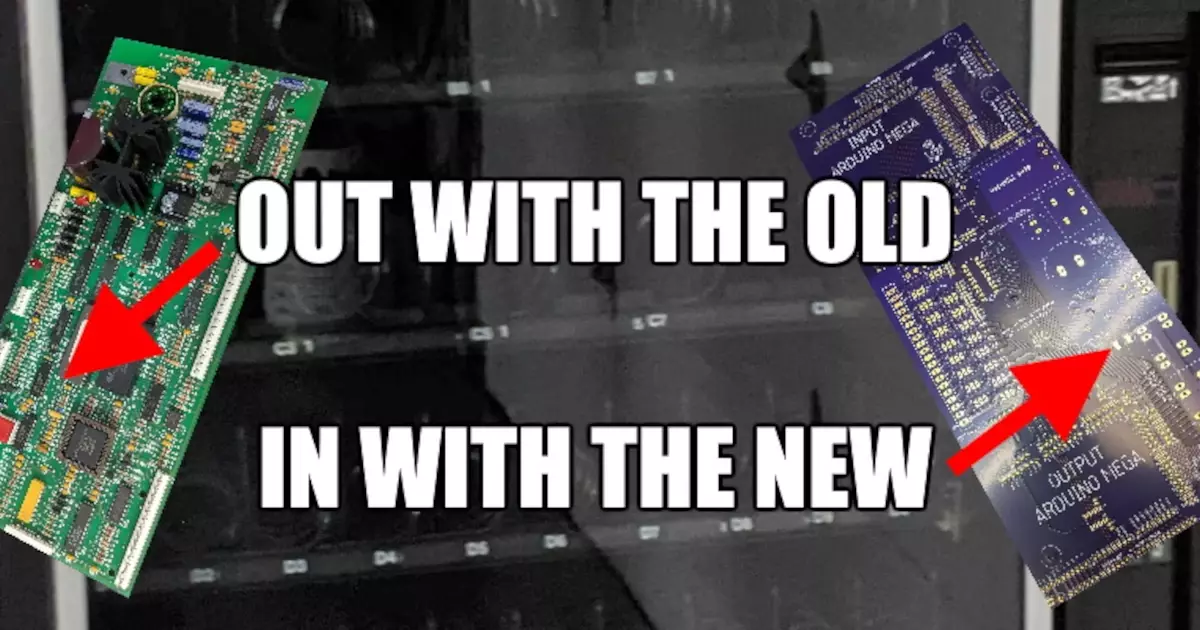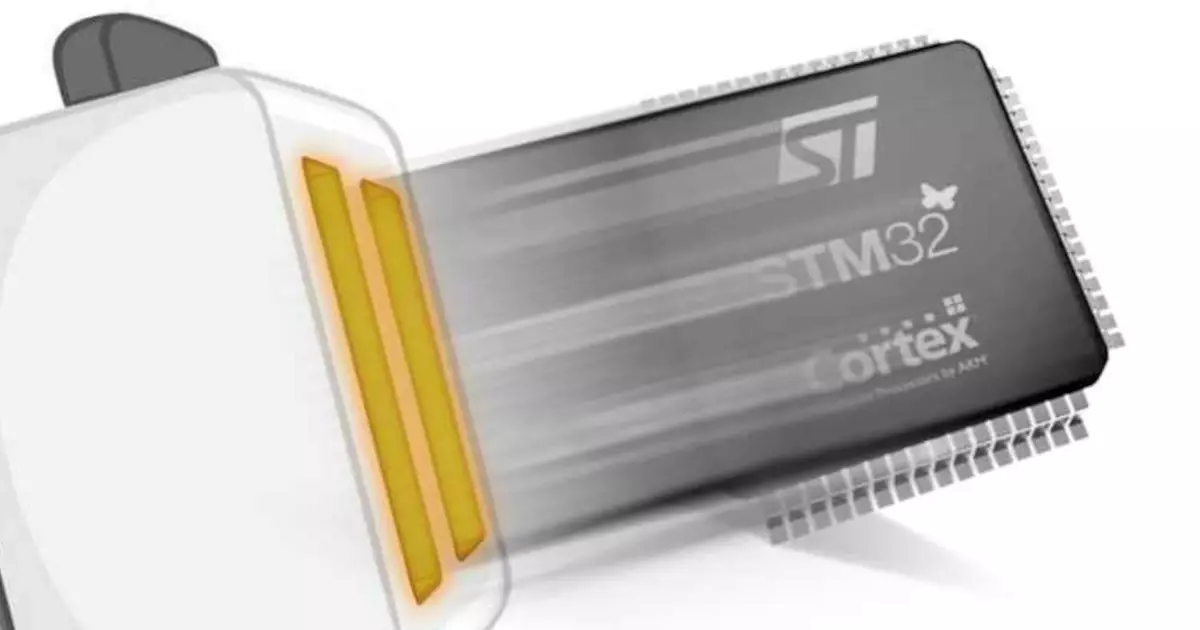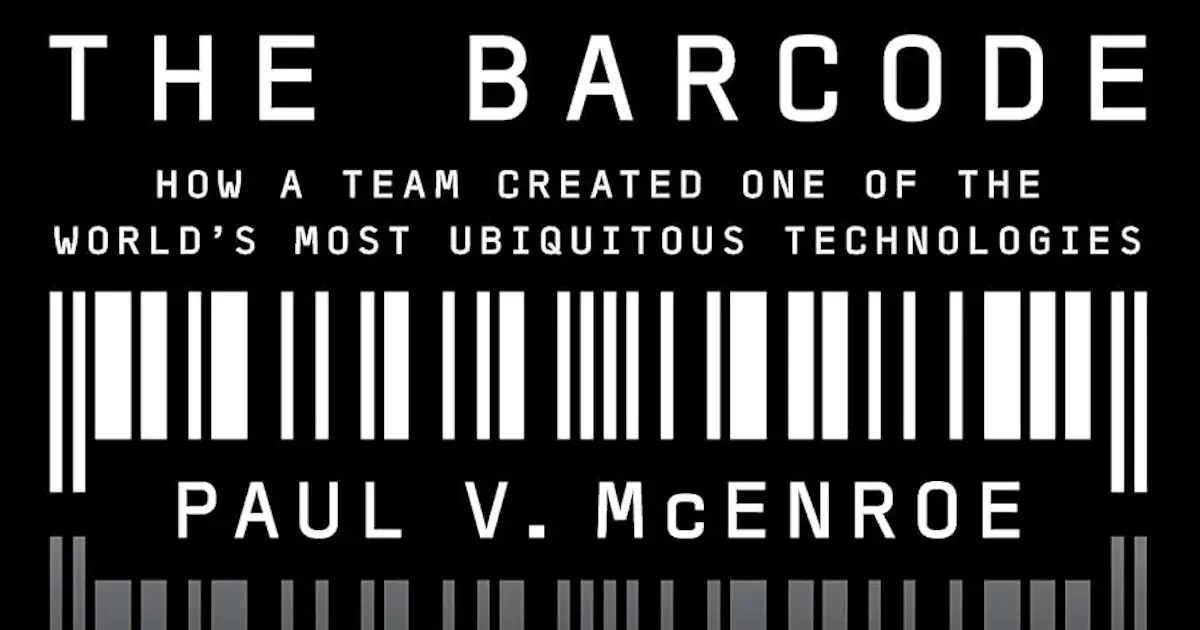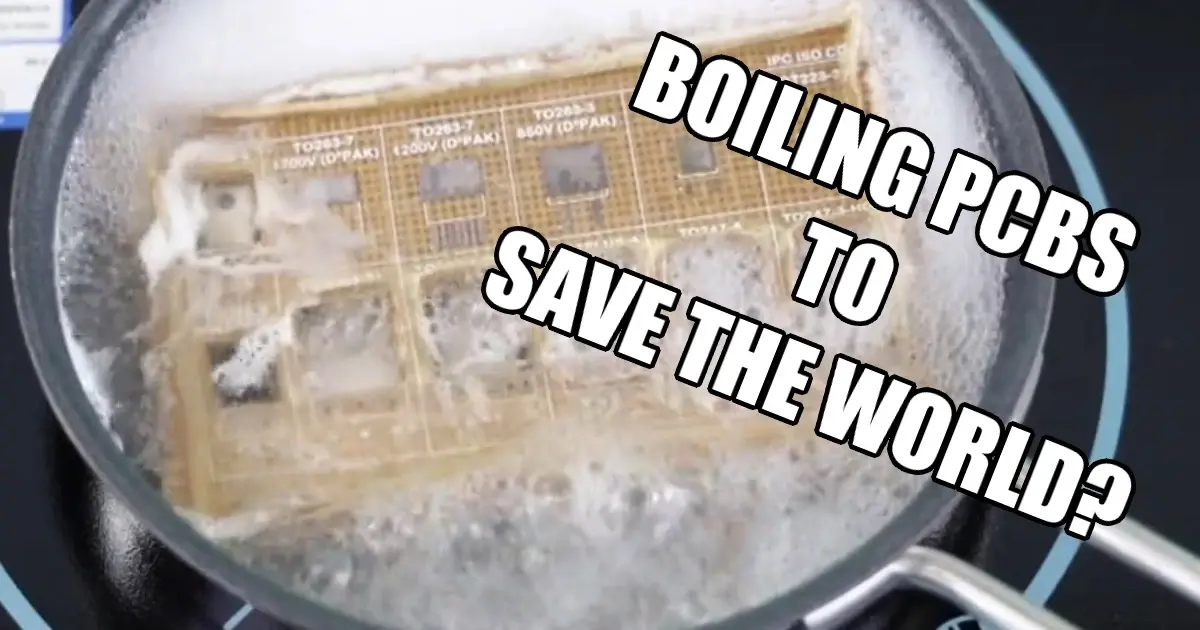Related Topics
The Barcode Turns 50
Paul V. McEnroe is best known for his primary role in developing the UPC, the barcode used on every product in supermarkets and the retail industry.
Recyclable PCBs, EOL Design, Cold Cuts
Infineon’s use of recyclable PCBs to create a soluboard. An examination of the new Arduino Uno, Minima and Wifi, plus a CNC and saw blade update.
Countdown to Hype
Consider your product in an environment that will actively destroy the semiconductors. We'll dip our toes into Radiation exposure for electronics!
Other Resources
Circuit Break Podcast
Webinars
Videos
Tour MacroFab's ITAR-Compliant Facility
July 28, 2021, Episode #287
Bias Test System
- Got the first board built and installed on an arduino
- First tests were a success
- Arduino library – works “first” time
- 2.5V reference voltage
- MCP1501T-25E/CHY
- 0.1% initial accuracy
- 50ppm drift
- I have measured a handful of these at work and have found the output to be within this range – 2.498
- Arduinos and USB are noisy
- Resistive measurements via constant current
- Opamp driven constant current source
- 1mA output current measured @ 1.001mA with a 1k resistor
- Output current is somewhat load dependent – higher at higher resistance values
- Possibly should have gone with a parallel opamp config
- Validation
- Voltages seem to be reading well.
- 0 to 300V was within 1% of meter
- Small “offset” reading
- This is due to input buffer amp offset.
- Datasheet calls out 125 as typical and 750 as max
- I have seen the 100 to 400uV range
- Will calibrate out
- This is due to input buffer amp offset.
- When doing a simple offset correction I can get 0.00000X readings
- For resistive measurements there is a strange gain offset error
- Verified the current and voltage but the readings to not match up
- About 1.7% low for all readings
- What is next
- Finish validating the hardware with better standards and meters
- Merge the scipi and ads1256 library
- Make the gui
- Profit
Gripes about arduino
- When do you bite the bullet and fix a problem?
- Pin header
- Mounting holes
- Solution….
- Custom pin header
- Custom plastic “sled”
Supply chain oddities
- Surprisingly Linear Tech devices are in stock but not Analog Devices?
- Working on that Linear Tech Automotive power supply design
- LT8672
About the Hosts

Parker Dillmann
Parker is an Electrical Engineer with backgrounds in Embedded System Design and Digital Signal Processing. He got his start in 2005 by hacking Nintendo consoles into portable gaming units. The following year he designed and produced an Atari 2600 video mod to allow the Atari to display a crisp, RF fuzz free picture on newer TVs. Over a thousand Atari video mods where produced by Parker from 2006 to 2011 and the mod is still made by other enthusiasts in the Atari community.
In 2006, Parker enrolled at The University of Texas at Austin as a Petroleum Engineer. After realizing electronics was his passion he switched majors in 2007 to Electrical and Computer Engineering. Following his previous background in making the Atari 2600 video mod, Parker decided to take more board layout classes and circuit design classes. Other areas of study include robotics, microcontroller theory and design, FPGA development with VHDL and Verilog, and image and signal processing with DSPs. In 2010, Parker won a Ti sponsored Launchpad programming and design contest that was held by the IEEE CS chapter at the University. Parker graduated with a BS in Electrical and Computer Engineering in the Spring of 2012.
In the Summer of 2012, Parker was hired on as an Electrical Engineer at Dynamic Perception to design and prototype new electronic products. Here, Parker learned about full product development cycles and honed his board layout skills. Seeing the difficulties in managing operations and FCC/CE compliance testing, Parker thought there had to be a better way for small electronic companies to get their product out in customer's hands.
Parker also runs the blog, longhornengineer.com, where he posts his personal projects, technical guides, and appnotes about board layout design and components.

Stephen Kraig
Stephen Kraig is a component engineer working in the aerospace industry. He has applied his electrical engineering knowledge in a variety of contexts previously, including oil and gas, contract manufacturing, audio electronic repair, and synthesizer design. A graduate of Texas A&M, Stephen has lived his adult life in the Houston, TX, and Denver, CO, areas.
Stephen has never said no to a project. From building guitar amps (starting when he was 17) to designing and building his own CNC table to fine-tuning the mineral composition of the water he uses to brew beer, he thrives on testing, experimentation, and problem-solving. Tune into the podcast to learn more about the wacky stuff Stephen gets up to.
Special thanks to whixr over at Tymkrs for the intro and outro!
Related Podcasts

Double as Good!
Nichicon is obsoleting entire electrolytic capacitor lines. Is this a sign of how electronic component manufacturers will handle supply crunches?

Product of Many Imaginations
MacroFab's Misha Govshteyn and Chris Church check in with Parker and Stephen to give his take on supply chains, nearshoring and reshoring.

Your Toaster is Toast
Part shortages and obsolescence got you down? Parker and Stephen have some tips and tricks to help your design stay ahead of the End Of Life game!

The Barcode Turns 50
Paul V. McEnroe is best known for his primary role in developing the UPC, the barcode used on every product in supermarkets and the retail industry.

Countdown to Hype
Consider your product in an environment that will actively destroy the semiconductors. We'll dip our toes into Radiation exposure for electronics!

Recyclable PCBs, EOL Design, Cold Cuts
Infineon’s use of recyclable PCBs to create a soluboard. An examination of the new Arduino Uno, Minima and Wifi, plus a CNC and saw blade update.
About MacroFab
MacroFab offers comprehensive manufacturing solutions, from your smallest prototyping orders to your largest production needs. Our factory network locations are strategically located across North America, ensuring that we have the flexibility to provide capacity when and where you need it most.
Experience the future of EMS manufacturing with our state-of-the-art technology platform and cutting-edge digital supply chain solutions. At MacroFab, we ensure that your electronics are produced faster, more efficiently, and with fewer logistic problems than ever before.
Take advantage of AI-enabled sourcing opportunities and employ expert teams who are connected through a user-friendly technology platform. Discover how streamlined electronics manufacturing can benefit your business by contacting us today.